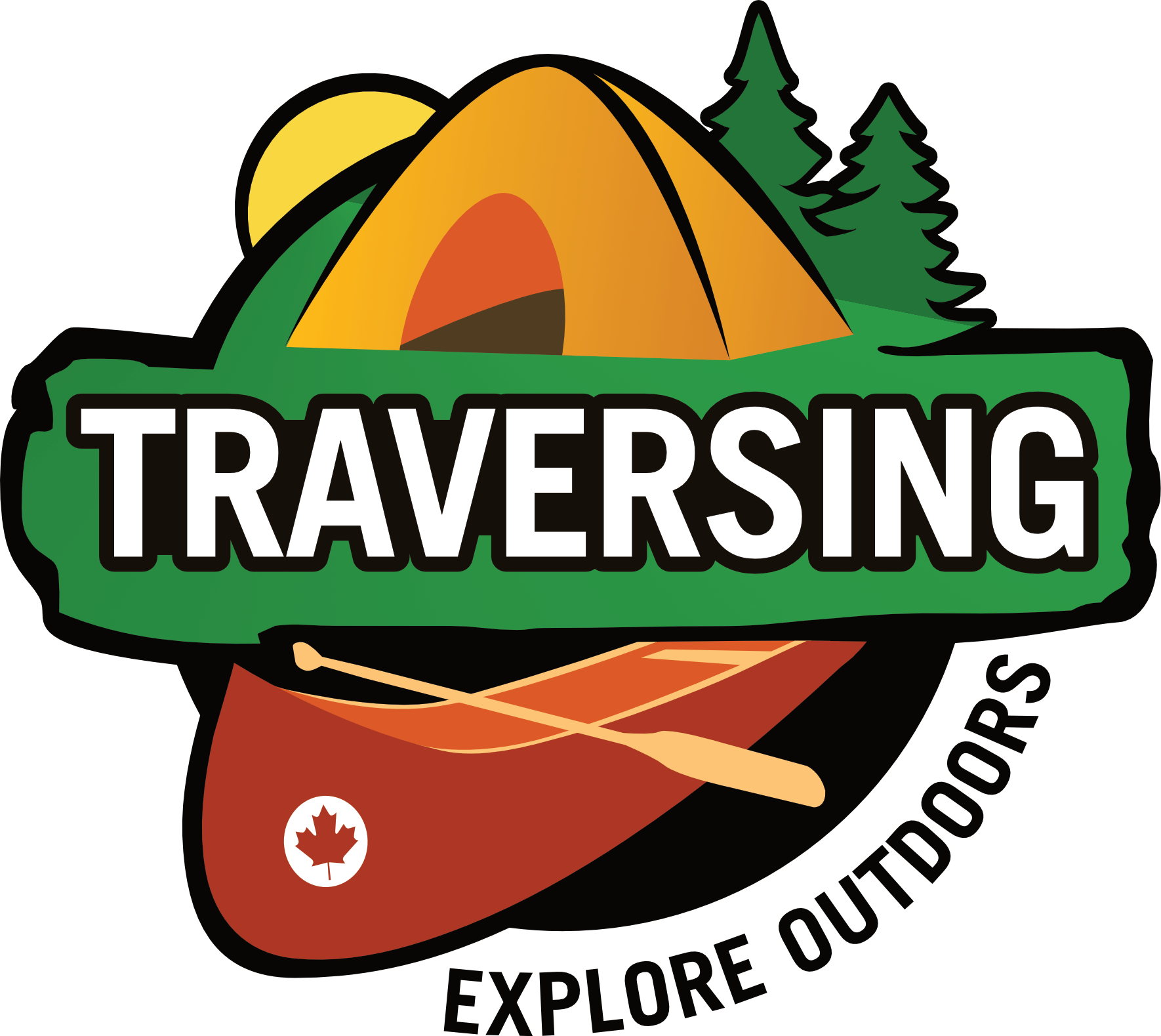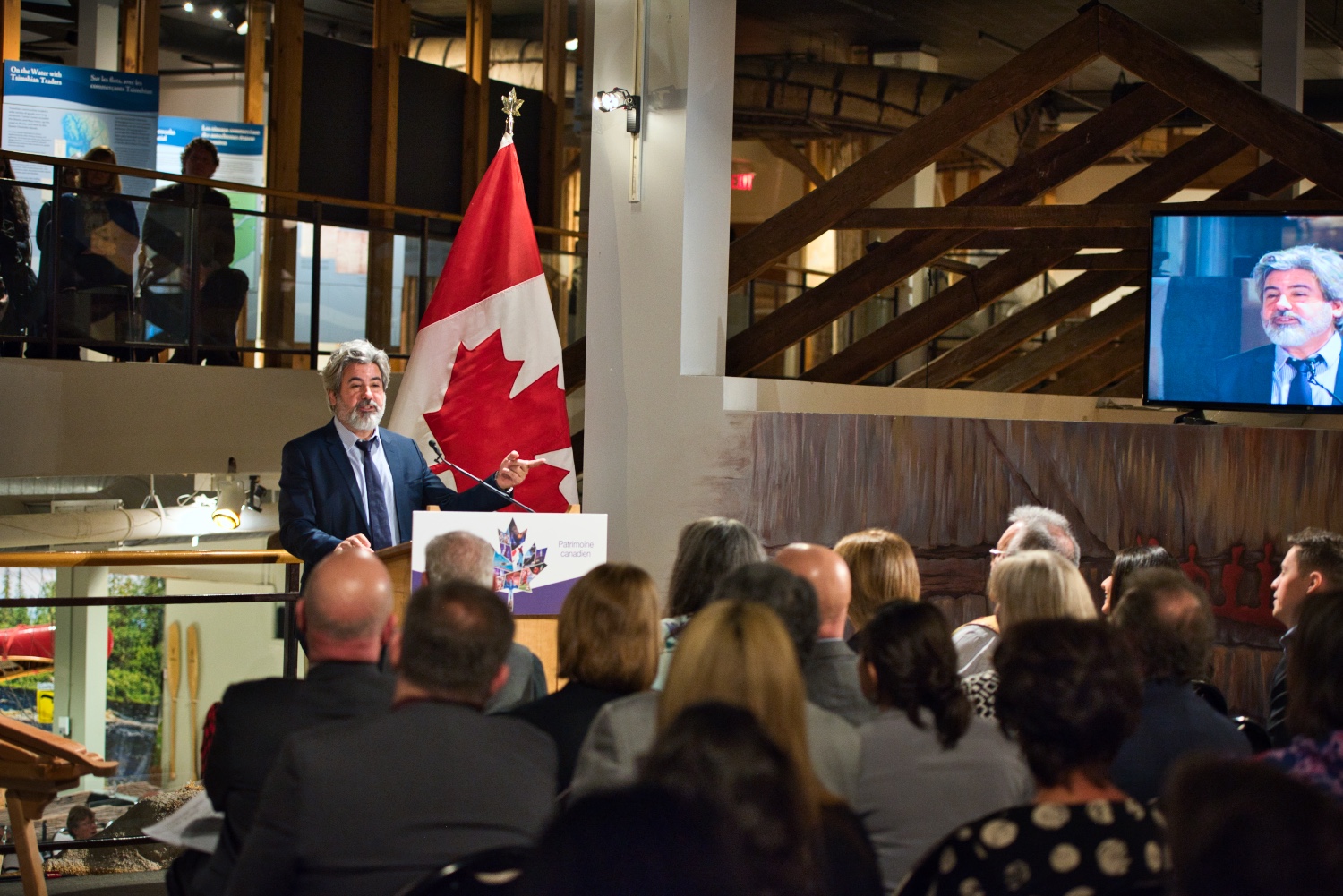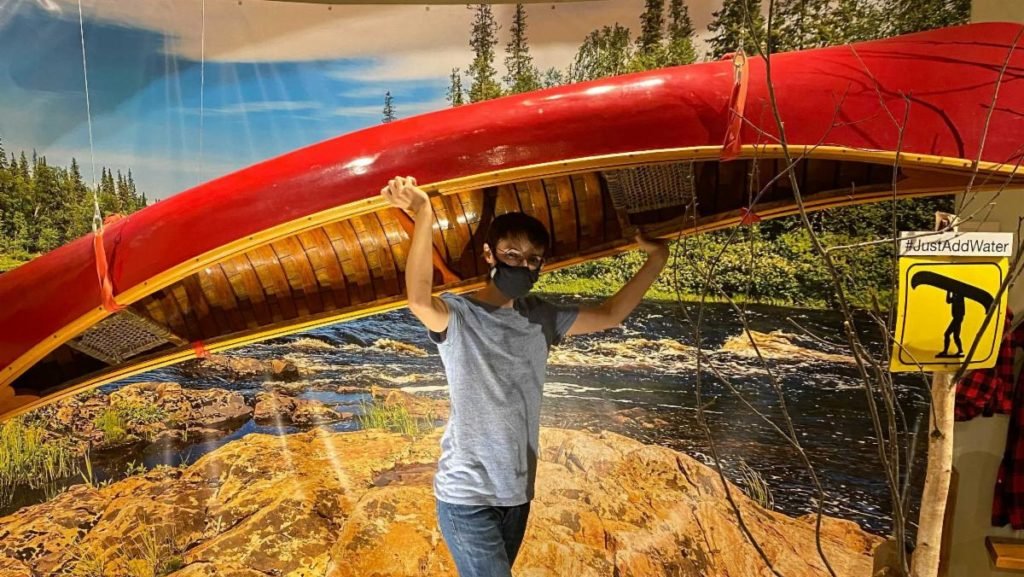The Canadian Canoe Museum Launches New 'Builders in Residence' Program

The Canadian Canoe Museum is inviting contemporary builders from across Canada to carry out a canoe or kayak build at the Museum as part of their new Builders in Residence program. Through demonstrations, clinics, and storytelling, this program offers visitors near and far a rare opportunity to watch a canoe or kayak take shape before their eyes and to meet the experts who make them.
“We are so excited to offer visitors yet another valuable way to connect with the collection and canoe and kayak builders, ensuring these traditions and skills remain vibrant. The Builders in Residence Program builds on our commitment to foster collaborative relationships with Indigenous Peoples, amplify diverse and contemporary voices, and create new opportunities for these remarkable people to share and be recognized for their skills and knowledge.”
The Museum will also produce a series of mini-documentaries highlighting each builder’s process, stories, and approach to their work. These videos will be shared online, allowing enthusiasts worldwide to learn and be inspired by the builders and makers featured in the program.
2025 Builders in Residence line-up:
May – Headwaters Canoes (Wakefield, QC)
Jamie Bartle of Headwaters Canoes will demonstrate the building of a wood and canvas canoe and provide clinics on the techniques of key construction stages. The completed canoe will be used in the Museum’s on-water program fleet.
June – Pinock (Kitigan Zibi First Nation, QC)
Pinock will construct an Algonquin-style birch bark canoe and assist with the development of a school program related to Algonquin bark canoe construction.
July – Helen Pelletier (Fort William First Nation, ON)
Artist Helen Pelletier will teach and demonstrate the art of birch bark basket-making, etching, and moccasin-making.
October – Qajakkut Society (Iqaluit, NU)
Senior members of the Qajakkut Society will build south Baffin-style qajaak (two kayaks) and share their knowledge and paddling skills through lessons and programs. These qajaak will also be used in the Museum’s on-water program fleet.
Blog post image photo credit: Qajakkut Society.





